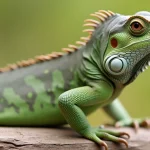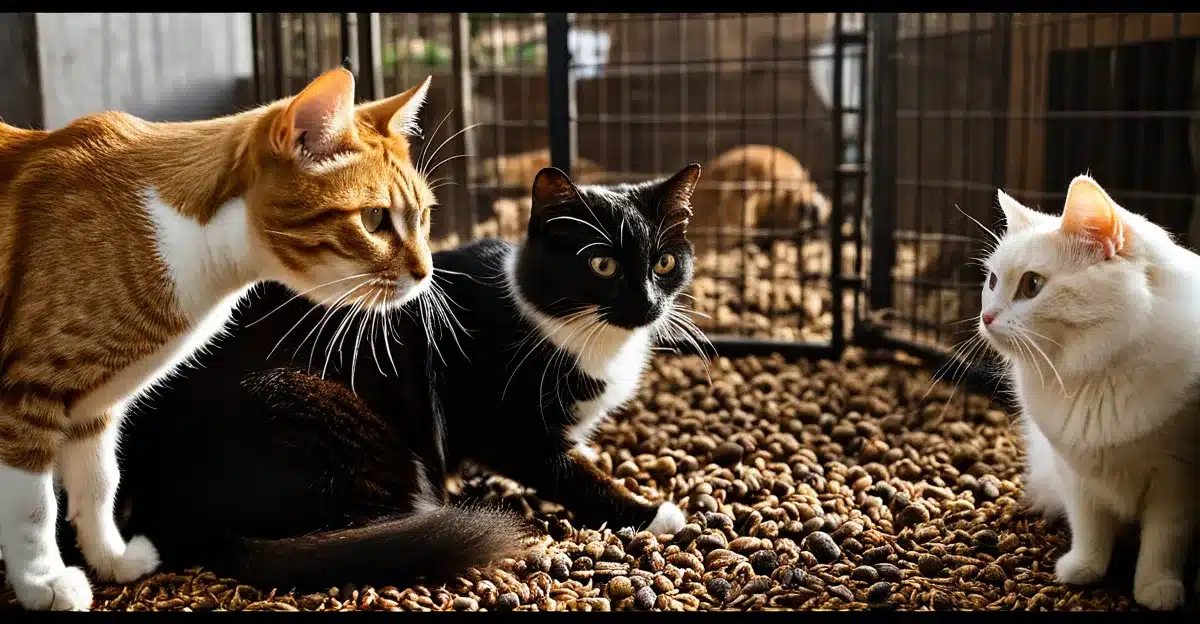Defining Domesticated Pets Globally
Understanding the domesticated pet definition is essential to distinguish pets from wild or merely tamed animals. A domesticated pet is an animal species that has undergone selective breeding over generations to live in close association with humans, exhibiting changes in behavior, physiology, and genetics. This contrasts with tamed animals, which are wild creatures habituated to humans but have not experienced genetic changes through breeding.
Globally, the defining domesticated pets varies greatly due to cultural practices and regional biodiversity. For example, dogs and cats are universally recognized domesticated pets because of their long history alongside humans. However, in some cultures, other species like rabbits, birds, or even miniature pigs may also be classified as domesticated pets.
Topic to read : What are the signs that your pet budgie is healthy and happy?
The global pet classification depends on both biological and social factors. Biologically, true domestication implies heritable traits developed through human selection. Socially, the species’ role and significance in a community shape its classification, highlighting that domestication is not just a scientific concept but also a cultural one.
Recognizing these distinctions helps navigate the diverse world of pets and clarifies debates on animal care, conservation, and ownership laws worldwide. The concept of what constitutes a domesticated pet is complex, intersecting biology and human tradition in meaningful ways.
This might interest you : What should you feed a pet iguana for optimal health?
Major Categories of Domesticated Pets
When considering the types of domesticated pets, they largely fall into six main pet groups: mammals, birds, reptiles, amphibians, fish, and invertebrates. Each group encompasses a broad spectrum of pet species, allowing pet owners to select companions that best suit their lifestyles and preferences.
Mammals top the list as the most common pet species, including dogs, cats, rabbits, and guinea pigs. These animals are often lauded for their sociability, adaptability, and strong bonds with humans. Birds come next, featuring popular species such as parrots, canaries, and finches, prized for their intelligence and vibrant colors.
Reptiles, including turtles, snakes, and lizards, appeal to hobbyists fascinated by their unique behaviors and low maintenance. Amphibians, though less common, offer options like frogs and salamanders, valued for their interesting life cycles and quiet presence.
Fish are a favorite in the invertebrates category due to their visual appeal and relatively simple care requirements. Lastly, many pet owners enjoy invertebrates such as tarantulas, hermit crabs, and snails, which provide intriguing and low-space pets.
Understanding the main pet groups and their diverse species can help new and experienced owners explore the world of domesticated pets with confidence.
Dogs and Cats: The Most Widespread Pets
Dogs and cats represent the most popular members of the global pet population, showcasing a remarkable variety in both dog breeds and cat breeds. The diversity within these species reflects centuries of selective breeding to emphasize traits such as size, coat type, temperament, and purpose, creating a rich tapestry of options for pet owners worldwide.
Across continents, the global pet population includes countless households where dogs and cats serve distinct roles. Dogs, in particular, are known for their working history alongside humans—as hunters, herders, and companions—highlighting their adaptability and loyalty. Meanwhile, various cat breeds, from the sleek Siamese to the robust Maine Coon, have been cherished for their independence and affectionate nature.
Ownership statistics reveal that these two animals dominate pet demographics internationally, with millions of families embracing their companionship. Understanding the nuances between dog breeds and cat breeds can help prospective owners select pets that fit their lifestyles, while also appreciating the deep-rooted history connecting humans to these animals. Their global ubiquity underscores their importance as both functional partners and beloved friends in countless cultures.
Birds, Fish, and Small Mammals
When considering pet birds, common species include budgerigars, canaries, and cockatiels. These birds are popular for their manageable size and sociable nature. Proper care involves providing a spacious cage, a balanced diet, and mental stimulation through toys or interaction. Aviculture enthusiasts often focus on species-specific needs to ensure longevity and health.
In the realm of pet fish, varieties such as goldfish, bettas, and guppies dominate home aquariums. Fish require carefully maintained water conditions, including temperature, pH levels, and filtration systems. Understanding these aquatic needs prevents common health issues like fin rot or ammonia poisoning. Aquaculture demands consistent monitoring and well-planned tank setups.
Small pet mammals cover a diverse group, including rodents like hamsters and gerbils, rabbits known for their gentle temperament, and ferrets prized for their playful behaviour. Each species presents unique housing, dietary, and social requirements. For example, rabbits need spacious enclosures and hay-rich diets, while ferrets require interactive playtime to thrive.
Mastering the care of these pets hinges on recognizing their distinct traits and environment preferences, helping owners provide attentive, species-appropriate care that enhances the well-being of their animals.
Reptiles, Amphibians, and Exotic Pets
When considering reptile pets and amphibian pets, many enthusiasts turn to species like leopard geckos, bearded dragons, poison dart frogs, and axolotls. These animals offer unique interactions compared to traditional pets, drawing interest for their intriguing behaviors and low allergen potential. The variety in exotic pet species also spans turtles, chameleons, and tree frogs, each requiring specific environments and dietary needs to thrive.
Globally, the growth of exotic pet ownership has risen significantly over the past decade. This trend reflects increased interest in diverse pet options beyond the typical dogs and cats. However, owning these pets demands understanding their specialized care, including habitat control, humidity, temperature, and diet—elements distinct from more conventional pets.
Because of the unique care requirements, regulations around reptile pets and amphibian pets have become stricter in many regions. These laws aim to prevent ecological damage and protect native wildlife from invasive species risks. Prospective owners must familiarize themselves with local regulations and the responsibilities tied to keeping exotic pet species to ensure both the well-being of the animal and legal compliance.
Uncommon and Region-Specific Domesticated Pets
Discovering less common pets can add uniqueness and cultural richness to pet ownership. Some animals are domesticated predominantly in specific regions, such as miniature pigs popular in North America or hedgehogs often kept in parts of Europe and Asia. These regional pet types reflect both local traditions and environmental suitability.
For example, miniature pigs have gained popularity as indoor pets due to their intelligence and size but require careful care that differs from conventional pets. Hedgehogs, known for their nocturnal habits, provide an unusual pet experience but present unique challenges in terms of habitat and diet.
Understanding the legalities of keeping uncommon pets is crucial. Many countries or states regulate ownership of exotic or less common animals to protect local ecosystems and ensure animal welfare. Potential owners should consult local laws to verify that their planned pet falls within accepted guidelines.
These unusual domesticated animals often hold cultural significance, representing tradition, status, or folklore in their regions. Awareness of these aspects, along with practical considerations, helps prospective pet owners make informed decisions that support responsible and enjoyable pet care.
Estimating the Total Number of Domesticated Pet Types Worldwide
Determining the pet species diversity globally requires synthesizing data from multiple sources, including veterinary records, household surveys, and pet industry reports. Researchers often use these diverse datasets to estimate pet statistics, accounting for common pets like dogs and cats, as well as exotic and less typical species such as reptiles, birds, and small mammals.
Current estimates suggest there are over 100 distinct domesticated pet species worldwide. This number reflects both species traditionally kept as companions and emerging choices reflecting shifting preferences and cultural influences. Although dogs and cats dominate household pet populations, increasing interest in exotic pets adds to overall diversity.
However, accurate global pet numbers face challenges. Many countries lack comprehensive pet registration systems, and illegally traded or undocumented pets complicate counts. Variability in defining what constitutes a pet species also influences these figures. Future trends point to growth in pet species diversity due to globalization and changing attitudes toward animal companionship.
To navigate these complexities, combining rigorous data collection with evolving classification approaches provides the most reliable picture of worldwide pet species diversity today. This approach helps stakeholders understand the breadth of the domesticated pet landscape and prepares for future developments.





